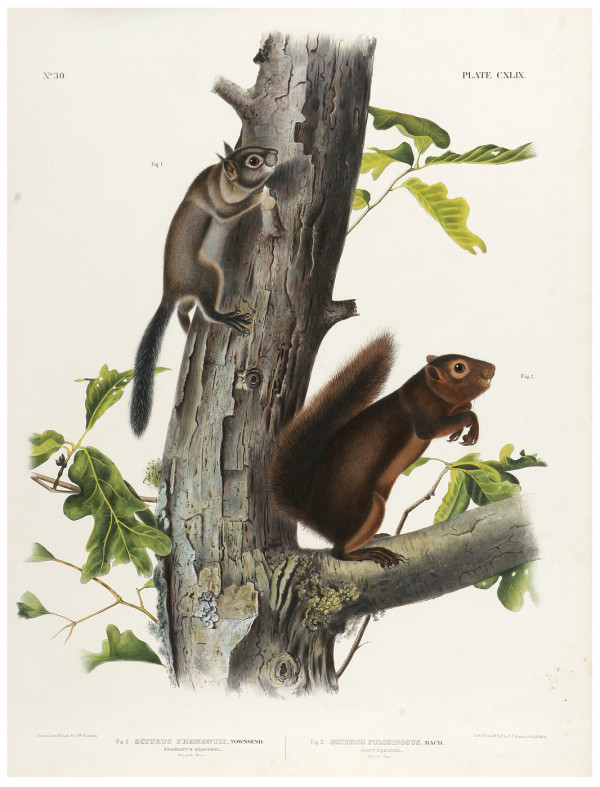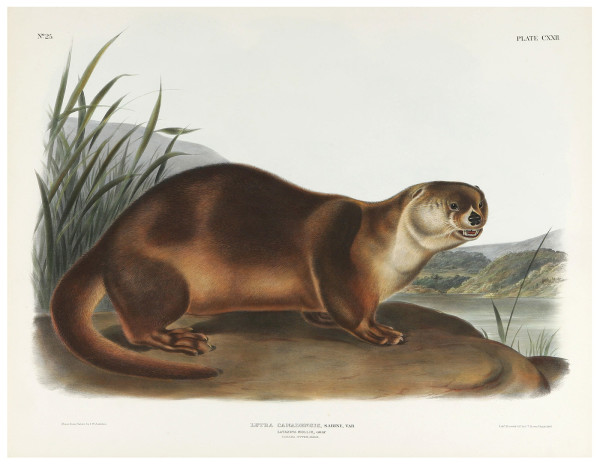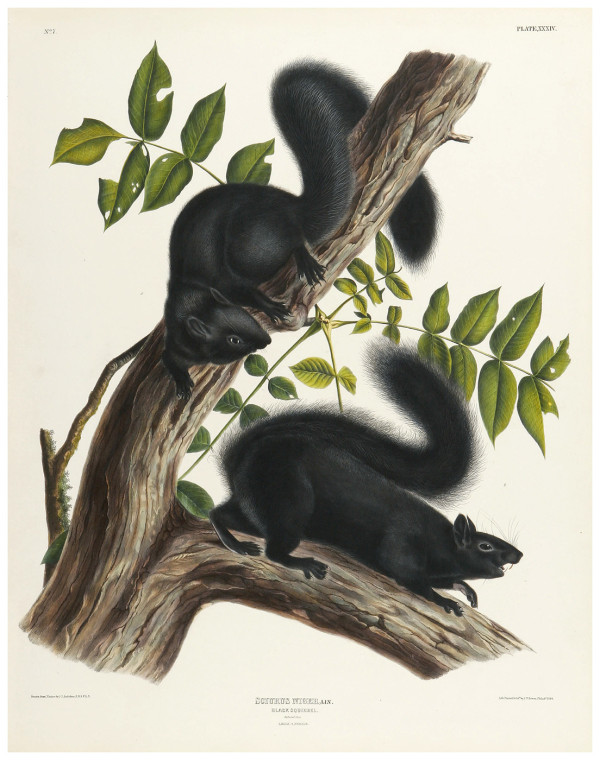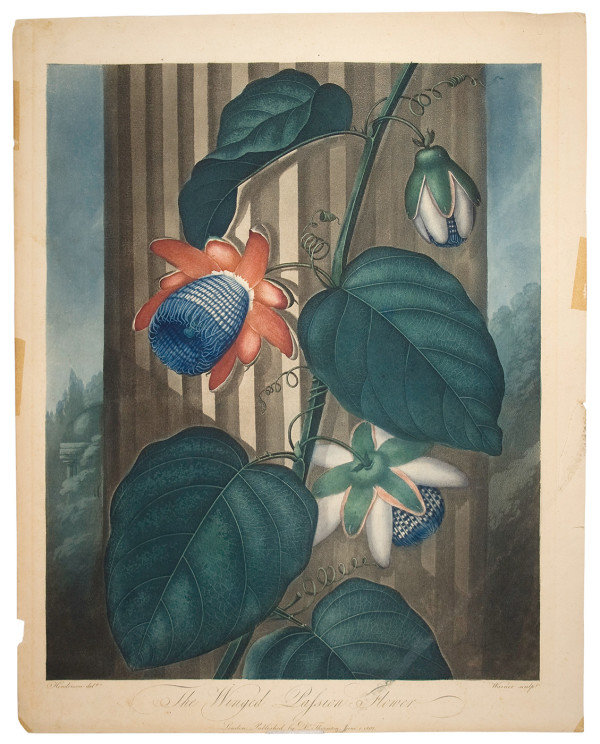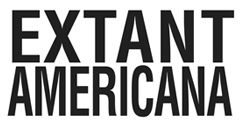Samuel Morse’s first backer, Francis O. J. Smith, proposes to trade his rights to build a telegraph to California to Amos Kendall in exchange for a claim against the New York & Erie (Western Union)

(Early Telegraphy) Francis Ormond Jonathan SMITH (1806-1876) Three-term United States Congressman from Maine 1833 to 1839 who assisted Samuel Morse in promoting the electric telegraph and became a quarter interest owner in the patent.
Excellent content Autograph Letter Signed “F.O.J. Smith”, 1 page, 253 x 203 mm. (10 x 8 in.), “Irving House” New York, 4 February [18]52, to his rival Amos Kendall (1789-1869), concerning an exchange of construction rights in New York for a telegraph route to California:
“Your note of yesterday respecting California came to hand. In reply, I suppose my former note on the subject of my proposal (Jan[uar]y 31, [18]52) of April 1850 was sufficiently fluent, that such proposal, settlement[?] unanswered[?], was no longer an open one. This, however, I will do— accepting such line or lines extending into California as Congress should aid in contracting. I will take your principals’ claim upon the NY & E line in exchange for my interest in California, in lieu of each. The N.Y. & E. have for which payment should have been made by the contractor is 330 miles— that is deducting loss in crossing Hudson River, & deducting Binghamton line, & at $37.50 per mile, amounts to $12,375. To wait[?] on other appropriations to a settlement, I will draft an offer you made (March 24, 1850) on— take your stock in the line from Boston to the British Provinces for an equal amount of stock— N Orleans & Ohio line.”
Only twelve years after Samuel Morse first publicly demonstrated the electromagnetic telegraph, the nation was gripped with a massive (and often anarchic) building boom of lines from New England to New Orleans — not unlike the internet frenzy of the 1990s. Francis O. J. Smith was the first to financially back Morse in 1838 and served as his business manager until the mid 1840s. After a falling out with Smith over financing, Morse retained Amos Kendall to act as his agent and attorney. Smith still retained rights to the patent, which set the stage for conflict. In 1847 Kendall and Smith agreed to divide the nation into exclusive territories in a bid for coopeation. However, the two were soon at odds when Smith constructed a telegraph trunk line from Lake Erie to New York City in violation of an agreement that gave control of main-line telegraph service in the State of New York to Kendall. Smith’s competing line, The New York & Erie, managed by Ezra Cornell and Joshua Speed, proved ultimately unsuccessful and went bankrupt in the early 1850s. On 15 January 1852, only two weeks before Smith wrote this letter, Cornell purchased the defunct line and reorganized it as the New York & Western Union Telegraph Company—shortened later to Western Union after a merger in 1855. Smith, who was losing his grip on future profits in telegraphy, attempted to exchange his rights to build a line to California, as well as his interest in the valuable line from Boston to Nova Scotia, in exchange for a claim against his old company. Whether this deal transpired is unknown, but It would require another decade for telegraph service to reach the West Coast. In 1860, The Federal Government awarded Western Union with the contract for the first transcontinental telegraph. It is unknown whether Smith appreciated the irony.
Toned with some paper loss at left margin, typical folds and other minor wear, else very good condition overall.
(EXA 5209) SOLD.

